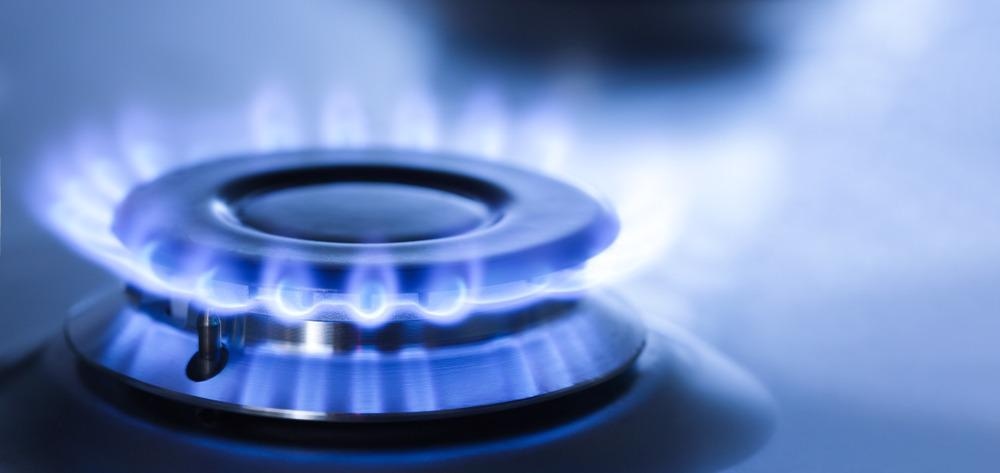Reviewed by Alex SmithOct 29 2021
The replacement of polluting cooking fuels with clean ones could help save lives and decrease the effect on the environment. A team of scientists from the International Institute for Applied Systems Analysis (IIASA) reveals how recovery from the pandemic and climate mitigation policies may impact access to clean fuels.

Image Credit: Chepko Danil Vitalevich/Shutterstock.com
Cooking is considered to be a basic part of life, however almost three billion people are still cooking by burning coal or wood in smoky stoves and on open fires. Such polluting fuels lead to heart problems, respiratory illnesses, and even death. According to the World Health Organization, indoor air pollution causes over four million premature deaths annually—50% of deaths caused due to pneumonia are among children under the age of five.
Besides, residential solid fuel burning contributes to nearly half of global black carbon emissions and a gigaton of carbon dioxide annually—nearly 2% of global emissions. The solution to these problems is “clean” cooking fuels like electricity, liquid petroleum gas, and piped gas, which when utilized in modern stoves lead to little to no household pollution.
Even before the onset of the COVID-19 pandemic, measures to offer clean fuels and stoves trailed. A new report claims that this slow progress is costing the world over US$2 trillion annually from productivity losses, health impacts, and environmental degradation. Also, a recent study indicates air pollution can raise the probability of death from COVID-19.
At present, emerging proof indicates that the economic effect of the pandemic may pose an additional setback to measures to reach the United Nations’ Sustainable Development Goal (SDG) to “ensure access to affordable, reliable, sustainable, and modern energy for all” by 2030.
Financial strain after the COVID-19 pandemic implies that people cannot spend much on clean fuels and should revert to utilizing coal or wood. Besides, arduous climate mitigation policies could lead to an increase in fuel price—unless additional policies are in place to guarantee energy access and poverty alleviation.
The new study, reported in the journal Nature Energy, analyzes various scenarios of climate mitigation policy, demographic and socioeconomic change, and delayed economic recovery from the COVID-19 pandemic.
The study identifies that under all scenarios, universal access may not be accomplished even in 2050. According to the researchers, this could impede advances on other SDGs such as those on health, inequality, gender, land, and climate.
Our study suggests that a protracted recession after the pandemic that assumes a recovery period of twenty years could leave an additional 470 million people unable to afford clean cooking services in 2030. This is relative to a slow economic growth scenario, but one that assumes no pandemic shock.
Shonali Pachauri, Study Lead Author and Transformative Institutional and Social Solutions Research Group Leader, International Institute of Applied Systems Analysis
“It also shows that ambitious climate mitigation needs to be accompanied by additional support policies, like targeted subsidies, to prevent an additional 200 million people being unable to transition to clean cooking in 2030,” added Pachauri.
People who are most at risk of being unable to spend on the transition to clean cooking are usually from lower-income households in sub-Saharan Africa, developing Latin America, Asia, and the Caribbean, stated study co-author Miguel Poblete-Cazenave, a scientist from the IIASA Transformative Institutional and Social Solutions Research Group.
Although an increasing population shares clean cooking access, the number of cooking poor remains sluggish.
Our findings underline the urgency for immediate acceleration in efforts to make clean cooking accessible and affordable for all.
Shonali Pachauri, Study Lead Author and Transformative Institutional and Social Solutions Research Group Leader, International Institute of Applied Systems Analysis
Journal Reference:
Pachauri, S., et al. (2021) Access to clean cooking services in energy and emission scenarios after COVID-19. Nature Energy. doi.org/10.1038/s41560-021-00911-9.